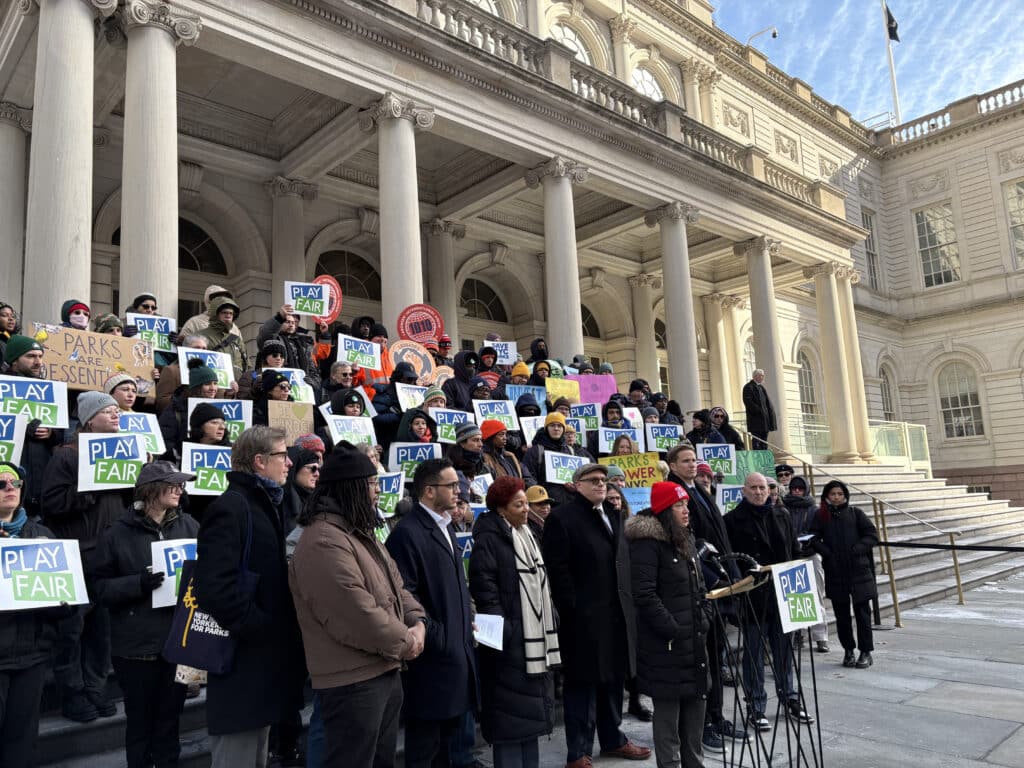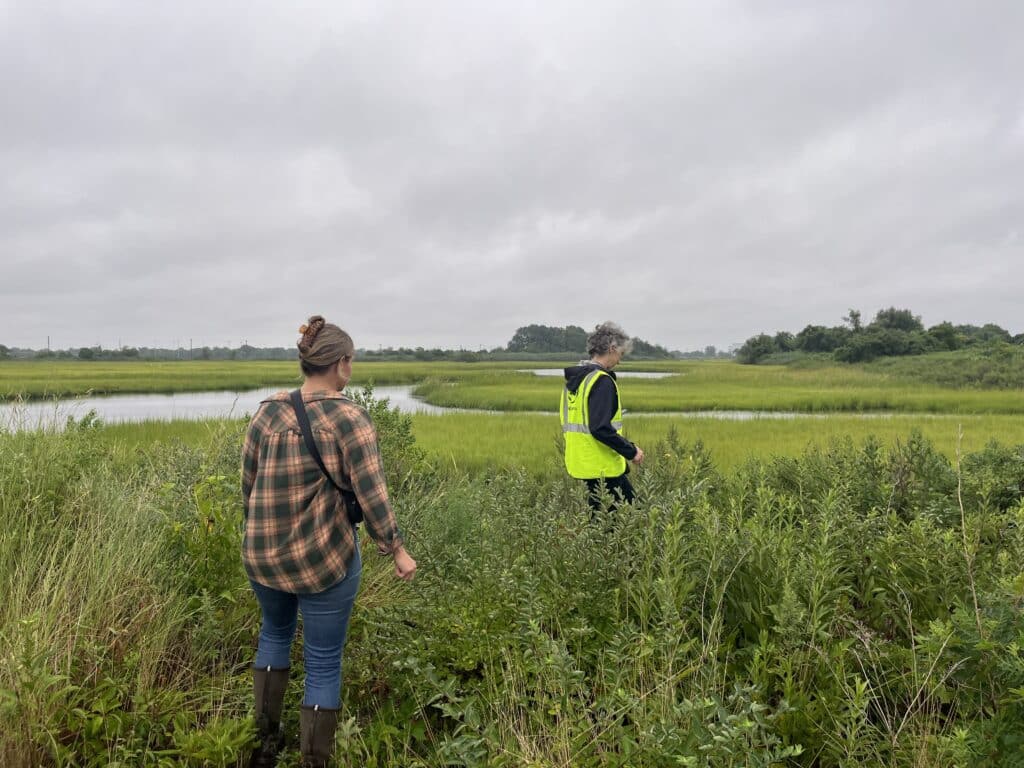FOR IMMEDIATE RELEASE
New Research Shows New York City’s Urban Forests and Wetlands Are Key to Stormwater Capture and Climate Resilience
The Natural Areas Conservancy outlines the power of New York City’s urban natural areas to absorb stormwater and mitigate climate change impacts in local communities.
New York, NY, July 28, 2025 – In recent years, New York City has seen an increase in extreme storms, which have threatened our neighborhoods and New Yorkers’ safety. This threat, compounded with sea level rise, emphasizes the need to find new solutions to climate change in order to manage stormwater and mitigate stress on the city’s aging infrastructure.
Today, the Natural Areas Conservancy, the only nonprofit in New York City focused on the care and management of our 20,000 acres of forests and wetlands, released a report stressing that urban natural areas are already an effective stormwater management solution. New York City’s urban natural areas absorb nearly twice the amount of rainfall as other green infrastructure and account for 17% of all stormwater retention in the city. These natural areas save the City up to $760 million a year in stormwater treatment costs and ease the burden on the combined sewer overflow system. The report, which is the first to quantify the absorption potential of our city’s natural areas, found that healthy forests can absorb almost 10% more stormwater than degraded forests, translating to approximately 4 billion gallons of water annually and highlighting the need to properly fund and manage these spaces to ensure their full benefits.
Currently, New York City relies heavily on “gray infrastructure.” Our city’s sewer system spans over 7,500 miles of pipes, previously designed to effectively capture 1.75 inches of rain in one hour. With some sewer sections built as early as 1855, this infrastructure no longer holds up. Overflow is common, and during extreme rainfall, untreated sewer water can and does end up in our natural waterways, polluting our wetlands and washing away the substrate aquatic vegetation needed for its survival.
“In the past, previous studies have treated all greenspace the same when measuring stormwater absorption,” said Dr. Jeffrey Clark, author of the report and senior manager of applied climate research for the Natural Areas Conservancy. “This report presents a fuller and more detailed picture of the unique benefits natural areas provide compared to lawns or street trees. Using high-resolution spatial data and scaled modeling, we now can quantify with more accuracy urban natural areas stormwater management potential.”
This report also models stormwater capture in the cities of Baltimore, MD, New Haven, CT, and Atlanta, GA, using the same methodology. Comparing results from these models not only highlights the importance of urban natural areas in stormwater management but also the need for high-quality data on the condition and locations of urban natural areas. These models offer helpful comparisons of stormwater capture at different scales and also show how natural areas mapping and modeling is critical for city planners and policymakers.
The report not only provides clear and comprehensive data on natural areas and their stormwater capture potential, but it also includes calls to action for advocates and city residents to help protect and manage urban natural areas, which would improve their health and ultimately increase their ability to absorb stormwater in New York City.
For more information, contact:
Mormei Zanke | Communications Manager
Natural Areas Conservancy | mormei.zanke@naturalareasnyc.org
Shannon Jordy | Deputy Director of Communications & External Affairs
Natural Areas Conservancy | shannon.jordy@naturalareasnyc.org
Download Press Release(this link opens in new window)


